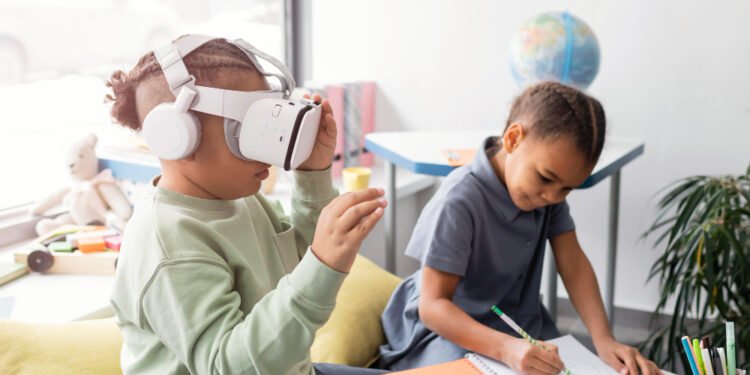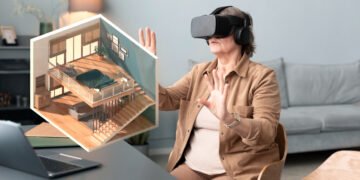In the realm of education, traditional methods have long been the cornerstone of learning. However, with the advancement of technology, a new frontier has emerged, promising to revolutionize the way we acquire knowledge and skills. Virtual Reality (VR) education is at the forefront of this revolution, offering immersive experiences that engage learners in ways never before possible. In this article, we’ll delve into the world of VR education, exploring its benefits, applications, and the future it holds for learners worldwide.
Understanding VR Education
Virtual Reality is a technology that simulates a realistic three-dimensional environment, allowing users to interact with it as if they were physically present. In the context of education, VR creates immersive learning experiences that transport students to different places, times, or scenarios, enhancing their understanding and retention of concepts.
Benefits of VR Education
- Engagement: VR provides a highly engaging learning environment by stimulating multiple senses simultaneously. This immersive experience captivates students’ attention, leading to better focus and retention of information.
- Experiential Learning: Unlike traditional methods that rely on textbooks and lectures, VR education offers experiential learning opportunities. Students can explore historical landmarks, dissect virtual organisms, or conduct scientific experiments in a safe and controlled environment.
- Personalized Learning: VR technology allows for customized learning experiences tailored to individual students’ needs and preferences. By adapting content and difficulty levels in real-time, educators can ensure that each student receives personalized instruction.
- Accessibility: VR education transcends geographical barriers, bringing learning opportunities to students regardless of their location. Virtual field trips, guest lectures, and collaborative projects enable students to connect with peers and experts worldwide.
Applications of VR in Education
- STEM Education: VR simulations are particularly effective in teaching complex STEM (Science, Technology, Engineering, and Mathematics) concepts. Students can visualize abstract theories, conduct virtual experiments, and gain hands-on experience in a virtual laboratory.
- Medical Training: In the field of healthcare, VR technology is revolutionizing medical training. Surgeons can practice surgical procedures in a risk-free environment, medical students can explore the human anatomy in 3D, and healthcare professionals can enhance their diagnostic skills through realistic patient simulations.
- Language Learning: VR offers immersive language learning experiences by placing students in virtual environments where they can interact with native speakers, practice conversational skills, and explore cultural nuances.
- Historical Reconstructions: History comes to life through VR simulations that recreate historical events, ancient civilizations, and cultural heritage sites. Students can step back in time and witness pivotal moments in history firsthand.
The Future of VR Education
As technology continues to evolve, the potential for VR education is boundless. Advancements in hardware, software, and content creation tools will make VR more accessible and affordable, paving the way for widespread adoption in educational settings.
In conclusion, VR education represents a paradigm shift in the way we teach and learn. By providing immersive, engaging, and personalized learning experiences, VR has the power to transform education and empower learners of all ages and backgrounds.
By embracing this innovative technology, we can unlock new possibilities and usher in a new era of learning that is truly transformative. As we stand on the brink of this educational revolution, the future of learning has never looked more promising.




